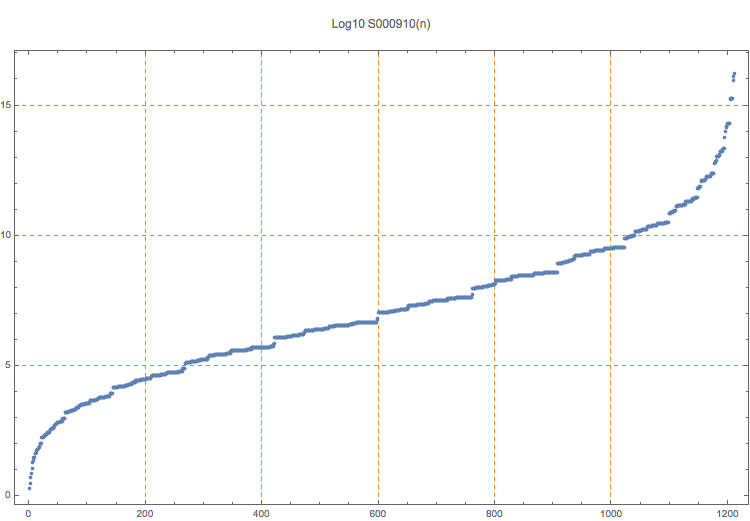Left- or right-truncatable primes in base 9.
2, 3, 5, 7, 11, 19, 23, 29, 31, 41, 43, 47, 53, 59, 61, 67, 71, 79, 101, 103, 107, 173, 179, 181, 191, 193, 211, 223, 229, 233, 241, 263, 269, 281, 283, 347, 353, 367, 373, 383, 389, 431, 479, 509, 547, 557, 607, 641, 643, 647, 659, 677, 691, 701, 709, 719
1
These numbers must be converted to base 9 and then truncated. For instance, the number 101 is 122(9).
T. D. Noe, Plot of 1211 terms
T. D. Noe, Table of 1211 terms
See references in A137812.
(Mma) b = 9; Clear[s]; n = 0; s[n] = Prime[Range[PrimePi[b-1]]]; While[cnt = 0; lst = Reap[Do[k = s[n][[i]]; Do[p = j*b^(n+1) + k; If[PrimeQ[p], Sow[p]; cnt++], {j, b-1}]; Do[p = b*k + j; If[PrimeQ[p], Sow[p]; cnt++], {j, b-1}], {i, Length[s[n]]}]]; cnt > 0, n++; s[n] = Union[lst[[2,1]]]]; t = s[0]; Do[t = Join[t, s[i]], {i, n}]; t
Cf. A137812 (base 10), S000911-S000916 (bases 8 to 3), S000917.
nonn,base,full
T. D. Noe, Jun 21 2016
